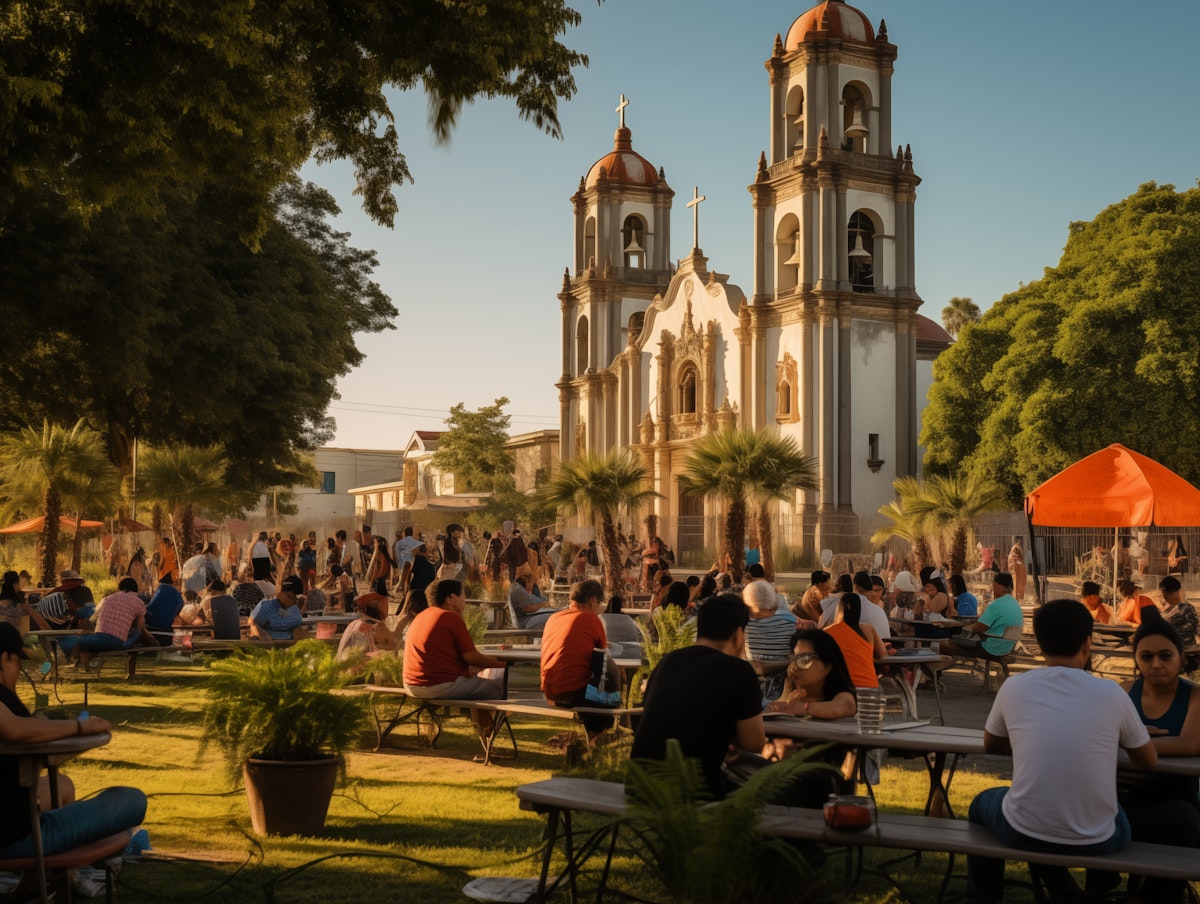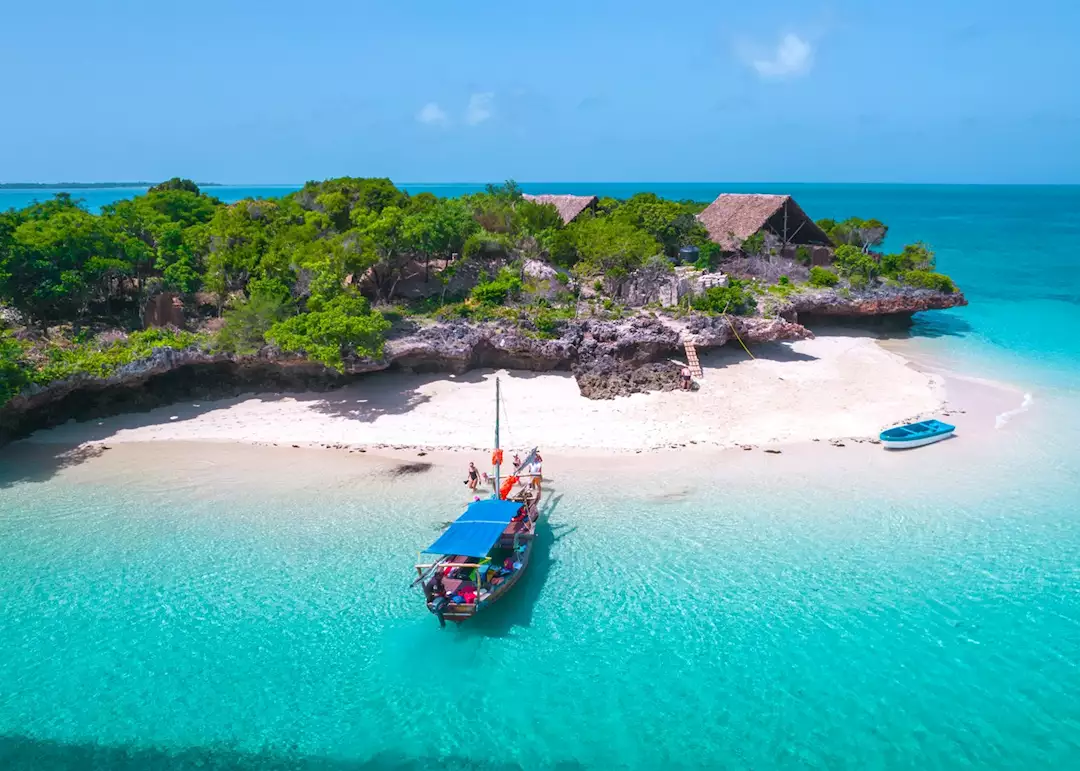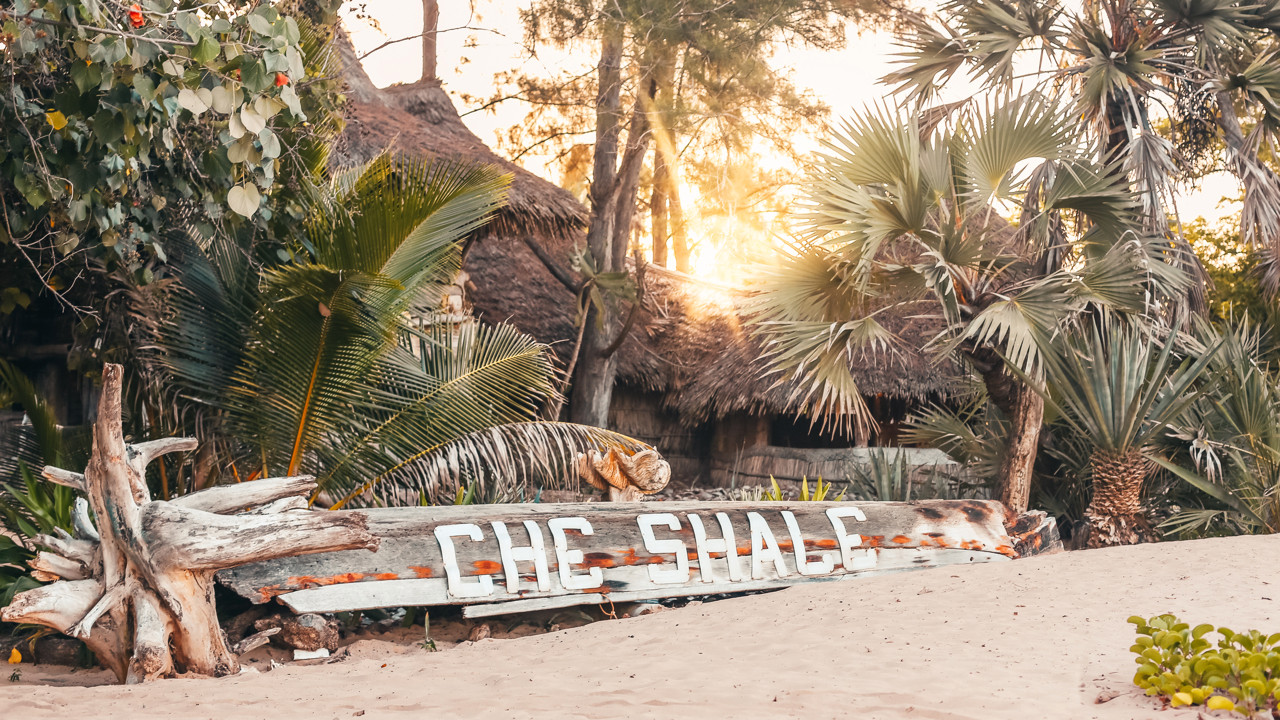Stone Town hit me like a fever dream. One minute I was in the air-conditioned airport, the next I was lost in a maze of narrow alleys where centuries collide at every corner. After a dozen visits and countless wrong turns, I've finally cracked the code to exploring this UNESCO World Heritage site without losing your mind (or your way).
This walking guide is the result of my obsession with Stone Town's labyrinthine streets. It's designed to show you not just the must-see sights, but the hidden corners where the real magic happens – where kids play soccer with coconuts, where the best chapati is made in 200-year-old ovens, and where sunset turns the whole city golden.
Day 1: Morning (7 AM - 12 PM)
Start at Forodhani Gardens
Begin early at Forodhani Gardens before the heat kicks in. Grab a coffee from the Taarab Restaurant terrace overlooking the ocean. This is where locals do their morning exercises, and fishermen sort their dawn catch.
Walking Route: From Forodhani, head into the Old Fort (Ngome Kongwe). Entry is free, and morning light makes the courtyard magical. Check what's on at the amphitheater – sometimes there are morning rehearsals you can watch.
Exit through the fort's back entrance onto Mizingani Road. Turn left and walk 200 meters to the House of Wonders (currently under renovation but worth seeing from outside). The building's actually tilting – they say it moves 2mm yearly toward the sea.
The Market Maze (8:30 AM)
Turn right on Creek Road to reach Darajani Market. This is sensory overload in the best way. The fish section (hold your breath) leads to the spice area where vendors let you smell everything. Buy some black pepper and cinnamon – they're half the price of the tourist markets and twice the quality.
Pro tip: The fruit ladies in Section B make the best fresh juice. Get the passion-mango combo (TSH 2,000) – you'll need the sugar rush.
Hidden Historical Gems (10 AM)
From the market, navigate to Kajificheni area to find Hamamni Persian Baths. Most tourists miss this because the entrance looks like someone's house. Ring the bell, pay the small fee (TSH 3,000), and explore the underground baths commissioned by Sultan Barghash.
Continue to the Old Dispensary on Mizingani Road. The carved wooden balconies are Instagram gold, but the real treasure is the pharmacy museum on the ground floor.
Anglican Cathedral and Slave Market (11 AM)
This is heavy but essential. The Anglican Cathedral sits on the site of the old slave market. The underground chambers are preserved – it's cramped, dark, and devastating. The monument outside with its chain sculptures hits hard.
Take time here. The guided tour (TSH 10,000) is worth it for the context, but wandering alone lets the weight of the place sink in.
Day 1: Afternoon (12 PM - 7 PM)
Lunch Like a Local (12:30 PM)
Skip the tourist restaurants. Head to Passing Show on Gizenga Street. Order the mchuzi wa samaki (fish curry) with chapati. Total damage: TSH 8,000. Sit upstairs for people-watching.
The Palace Museum Route (2 PM)
Post-lunch, tackle the Palace Museum (Beit al-Sahel). The Sultan's old pad tells Zanzibar's royal story through objects – check out the Princess Salme room for soap opera-worthy family drama.
From here, walk along the seafront to Mtoni Palace Ruins. Most tourists don't make it this far north (30-minute walk), but the ruins at sunset are photographer's dreams. The resident cats are descendants of the royal pets – or so the guard told me.
Sunset Strategy (5 PM)
Two sunset options:
Option 1: Mercury's Restaurant rooftop. Yes, it's touristy. Yes, it's worth it. Get there by 5:30 for seats. One drink minimum but the view pays for itself.
Option 2: Forodhani Gardens food market. From 6 PM, the gardens transform into an outdoor feast. The Zanzibar pizza guys put on a show, but the real gold is the urojo soup (TSH 2,000) – a tangy, spicy soup that's basically Zanzibar in a bowl.
Day 1: Night (7 PM - Late)
The Real Stone Town Comes Alive
After dark, Stone Town shows its true colors. Start at Jaw's Corner on Cathedral Street. This is where local men gather to discuss everything from football to philosophy. Grab a coffee and listen – even if you don't understand Swahili, the energy is infectious.
For dinner, find Abyssinian Maritim in Vuga. It's in someone's living room, there's no sign, and the Ethiopian food is spectacular. The couple running it moved here from Addis 20 years ago. BYOB and prepare to eat with your hands.
Night Walk Route: Vuga → Kiponda → Kokoni → Shangani
This circuit takes you through residential areas where kids play in the streets and families sit outside their doors. It's safe but respectful behavior goes far – greet people, smile, don't photograph without asking.
Day 2: Morning (6 AM - 12 PM)
Sunrise at the Beach (6 AM)
Beat the heat with dawn at Shangani Beach. Local swimmers do laps in the ocean while others practice yoga on the sand. The beach boys are less aggressive at this hour.
Breakfast Hunt (7 AM)
Find the mkate wa kumimina (rice bread) ladies near Darajani Market. They set up from 7 AM with traditional wood-fired ovens. Get it hot with butter and homemade jam (TSH 1,000). Chase with super-sweet spiced tea.
The Freddie Mercury Trail (8 AM)
Time for the Freddie pilgrimage. Start at the Freddie Mercury House on Kenyatta Road. It's now a hotel called Tembo House. The "museum" is just a room with photos, but the gift shop has some unique stuff.
- St. Joseph's Cathedral where he sang in the choir
- Shangani Post Office area where his father worked
- The old British Club (now ruins) where he learned piano
Architecture Deep Dive (10 AM)
Stone Town's doors are famous, but everyone photographs the same five. Here's my secret route for door spotting:
- Brass studs (Indian influence)
- Carved chains (wealthy merchants)
- Quranic inscriptions (religious households)
- Fish motifs (sea traders)
The residents don't mind photos, but a greeting first goes a long way.
Day 2: Afternoon & Evening (12 PM - Late)
Spice Tour Alternative (1 PM)
Instead of the touristy spice farms, create your own spice tour in town. Start at Mr. Nutmeg's shop on Hurumzi. He'll explain every spice, let you taste, and his prices are fair. Buy saffron here – it's real, unlike most tourist spots.
Continue to Mrembo Traditional Spa on Kenyatta Road. They'll show you how spices become beauty treatments. The jasmine-ylang ylang scrub is heaven.
Hidden Rooftops (3 PM)
Stone Town is best seen from above. My favorite accessible rooftops: 1. Emerson on Hurumzi (pricey drinks but unbeatable views) 2. The Swahili House (quieter, better breeze) 3. Zanzibar Coffee House (ask nicely and they'll let you up)
Final Sunset (5:30 PM)
For your last sunset, skip the crowds. Head to Mbweni Ruins (15-minute taxi, TSH 15,000). These botanical gardens with palace ruins are deserted at sunset. The baobab trees create natural frames for the sun dropping into the Indian Ocean.
Farewell Feast (7 PM)
End at Lukman Restaurant on Shangani Street. It's a hole-in-the-wall where locals eat. Order the whole grilled fish, octopus curry, and coconut rice. Under TSH 20,000 for a feast. No menu, no frills, just the best seafood in Stone Town.
Essential Stone Town Survival Tips
Getting Lost is Part of It: GPS doesn't work in the narrow alleys. Use landmarks: minarets, the sea, the fort. When truly lost, kids will guide you for TSH 1,000.
Respect Ramadan: If traveling during Ramadan, many places close during the day. But iftar (breaking fast) in Forodhani Gardens is magical.
The Touts: Persistent but harmless. A firm "Asante, nimeshafika" (Thanks, I already arrived) usually works.
Money: ATMs are unreliable. Bring cash. USD accepted everywhere but change comes in shillings.
Dress Code: Stone Town is conservative. Covered shoulders and knees show respect and get you better treatment.
Rain Strategy: Monsoon downpours are biblical but brief. Duck into any shop – they'll offer tea while you wait it out.
The Stone Town State of Mind
Stone Town isn't just a place – it's a puzzle that reveals itself slowly. My first visit, I hit all the sights and left feeling like I'd missed something. It took me years to realize that Stone Town's magic isn't in the monuments – it's in the moments between them.
It's the muezzin's call echoing off coral stone walls at dawn. It's the smell of cloves and cinnamon drifting from hidden kitchens. It's the way afternoon light filters through carved balconies, creating shadow patterns that have danced on these walls for centuries.
Now, when I return to Stone Town, I barely plan anything. I wake early, pick a direction, and walk. I drink too much spiced coffee, eat too much street food, and get lost at least twice a day. And somehow, that's when Stone Town shows me something new – a hidden mosque, a secret garden, or just an old man who wants to practice his English and share stories of the city's golden age.
48 hours gives you a taste, but Stone Town has a way of calling you back. Don't fight it. Some places are meant to be conquered quickly. Stone Town is meant to be savored, one wrong turn at a time.



